Shared vulnerability: How to cope with death, fear, and grief at Halloween
October 22, 2022
Halloween and the fall season come with reminders of mortality. The way we process and work through death, fear, and grief relies on our personal histories, cultural influences, and social environments.
Fear is a normal part of life that results in physiological reactions that serve to keep us safe from harm. Whether these experiences leave us feeling haunted or heartened depends on the mental approach we take and the support systems we have in place.
Holidays that acknowledge death, cultural traditions honoring those who have passed, and seasonal symbolism are tools we can use to address and reframe our fears together.
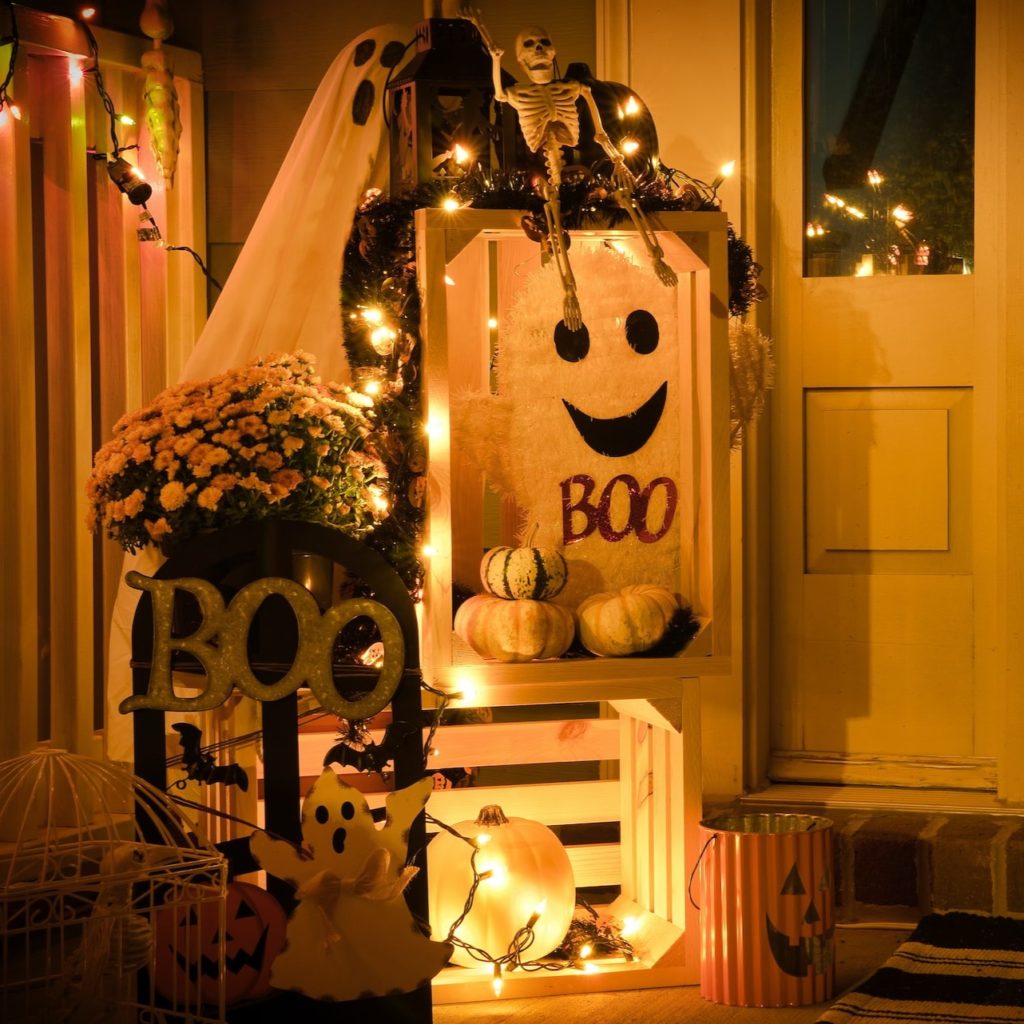
Holidays that honor the dead
Halloween, All Saints Day, All Souls day, Dia de los Muertos, Samhain, and similar traditions around the world share common themes. From lurid and darkly humorous celebrations to solemn remembrances of the deceased, these annual occasions acknowledge life, death, and states of transition.
They provide a safe outlet for our fears in socially sanctioned ways. Culturally accepted observations stoke our natural curiosity about death and inspire our collective fascination with the prospect of the afterlife. However paradoxical it may seem, these holidays can bring us an unmatched level of comfort and reassurance.
To put it simply, these holidays help us cope. They allow us the freedom to openly explore our feelings, anxieties, and concerns about the end of life and fear in all its forms. It’s a form of catharsis.
In the US, Halloween is the most ubiquitous secular holiday fitting this theme.
During the weeks surrounding Halloween, many people enjoy watching scary movies, visiting haunted houses, decorating their own homes with frightful props, and playfully dressing up to go trick-or-treating.
Toeing the line between truly frightening and grotesquely humorous, Halloween is the general public’s opportunity to recognize the shared truths behind human vulnerability, survival, death, and grief.

What makes us attracted to spooky or scary things?
True fear does not feel good. So why is it that we seek out spooky things during Halloween?
In the right context, being exposed to overt and exaggerated reminders of mortality can actually be empowering. Although graphic representations of horror can be disturbing, cartoonish representations can gently desensitize us to our fears and bring them down to a level that we can more readily tolerate and deal with.
Controlled encounters with scary things help us learn how to address matters that make us uncomfortable. In relatively secure and appropriate settings, we can mimic what it might be like to face our fears. We can also practice managing fear and how we express our emotions.
When we understand that we are safe and the “scare factor” we are exposed to is not real, the experience can present us with a chance to grow. Some people even get a kick out of fear and purposely seek out all things spooky.
Although not everyone enjoys the feeling, a sudden scare can cause the brain to release adrenaline, endorphins, and dopamine. This chemical response can make some individuals feel excited, powerful, and motivated. Others may avoid these feelings and reactions altogether due to uneasiness, past trauma, or psychological issues.
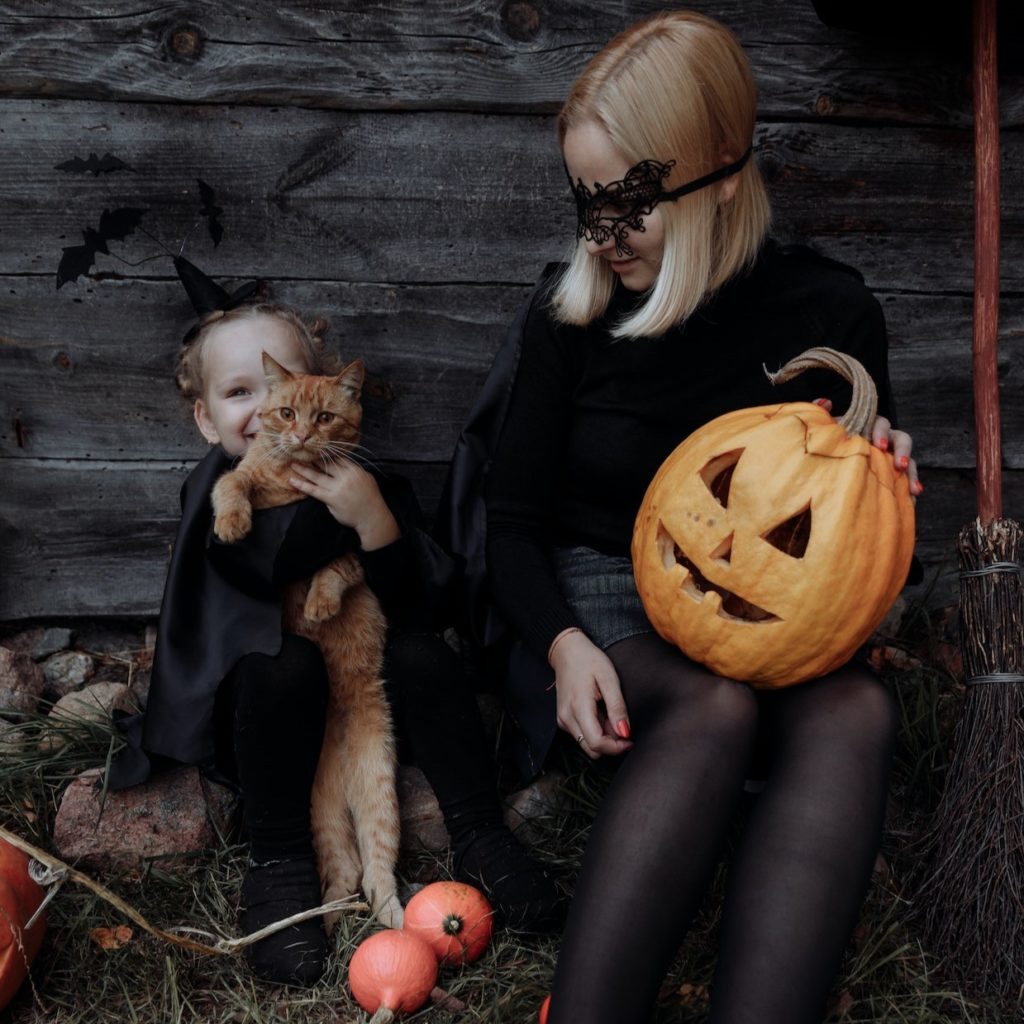
Managing fear and discomfort together
To reiterate an important point, Halloween allows us to simulate fearful feelings that remain under our control and are explored within reasonably safe settings.
Children are generally the most likely to seek safety and rely on those around them to help achieve a sense of security. As we get older, we become more resilient and push the boundaries of the fear we can handle.
But getting older and building resilience does not preclude us from experiencing fear. Watching spooky movies and visiting haunted houses are typically shared experiences for the same underlying reason. We ultimately feel safer when we face scary stimuli alongside others we trust.
Halloween gives us the opportunity to laugh at otherwise morbid or taboo subjects as children and adults alike engage in imagination play. This playful context makes it easier to address sensitive topics and recognize our shared vulnerabilities.
The mutual interaction and the spirit of giving associated with trick-or-treating fosters social connections and can increase trust among neighbors and communities at large. Sugary candy and chocolates temporarily boost the mood-enhancing chemicals in our brains like endorphins and serotonin.
In all, this experience can lead to feelings of gratitude, happiness, and calm. These feelings have the potential to affect how we internalize any fear responses we might confront on Halloween, ultimately putting them in a more positive light.
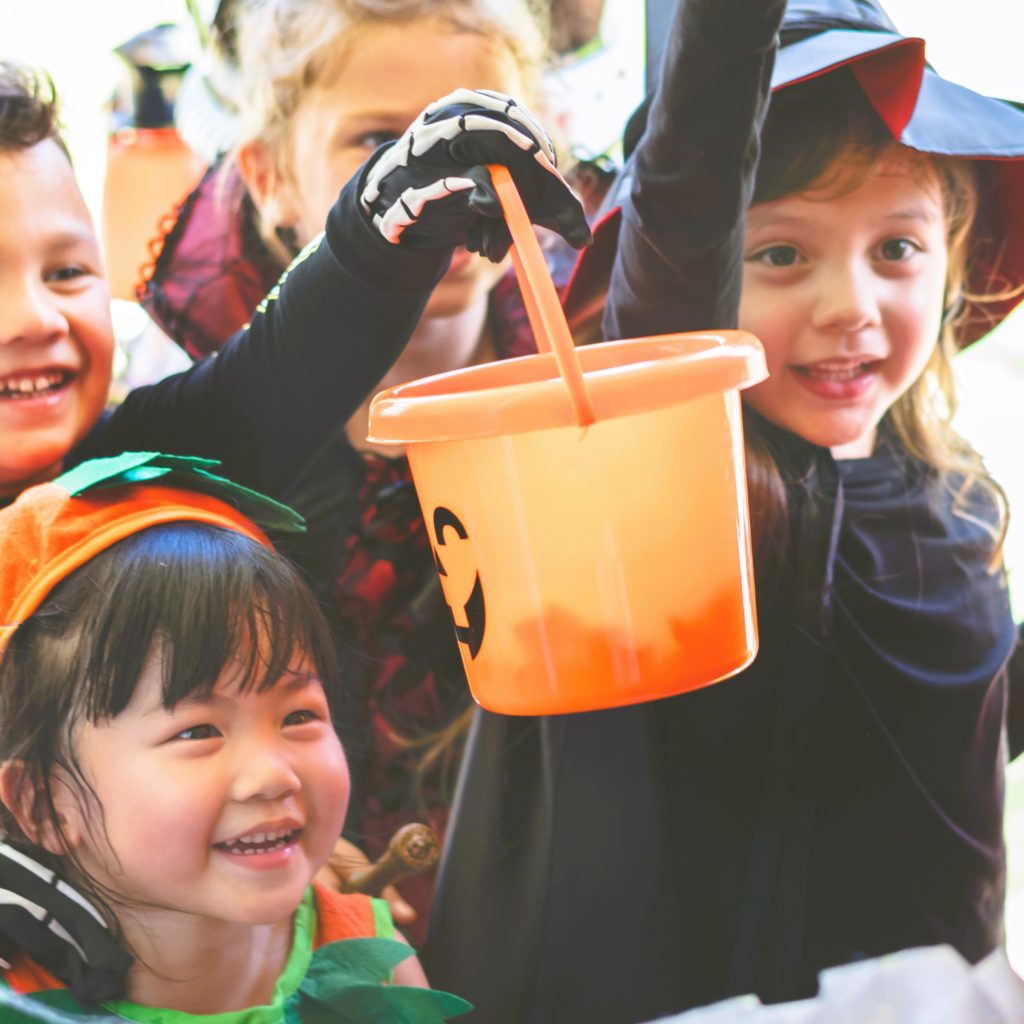
This holiday can be rightfully understood as a celebration of both life and death. Cultural and social differences can also come into play. Families may honor and commemorate the dead by visiting graves or preparing offerings for the departed. They may share in festivities and spending time connecting with one another, or simply gather to share memories or pray for loved ones who have passed.
The inescapable truth is that life ends. Halloween and other occasions that acknowledge death help us rely on each other as we prepare emotionally for this inevitability.
No matter how it is approached, recognizing death through annual holidays gives us outlets for our deepest anxieties, hopes, and sorrows – and gives us the valuable opportunity to share and work through our feelings together.
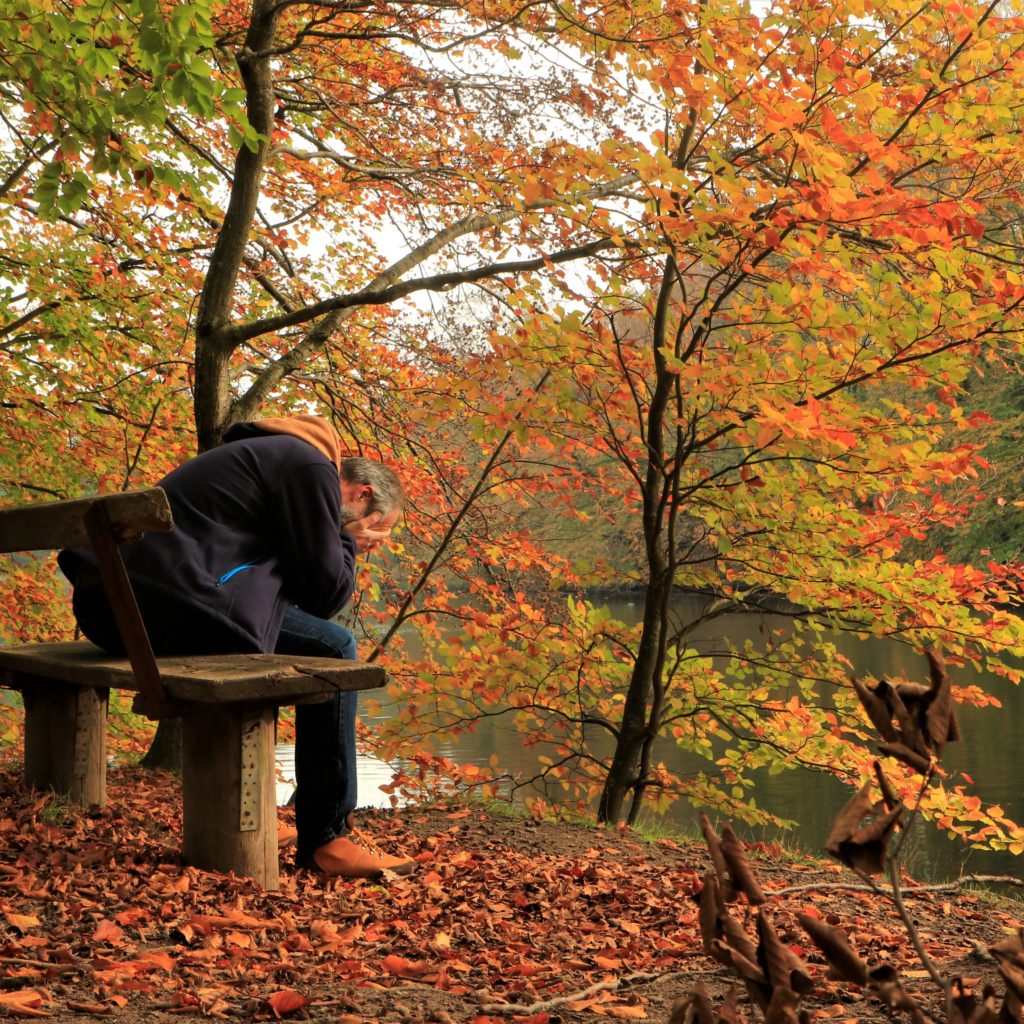
Fall is the season of grief and death
Seasonal changes remind us of the natural cycle of life. At this time of year, the leaves fall from the trees and begin to decay, flowers dry up and go to seed, and plants and animals prepare for the cold weather ahead.
The coldest and darkest days of winter eventually give way to the promise of new life in the spring. The warmth and light of summer culminates with the harvest. And the cycle continues on and on.
Autumn is a season of happiness, sadness, and courage. During fall, we enthusiastically celebrate life (as harvest is a representation of life and abundance) alongside the inevitability of death.
Because everything moves in cycles, we learn to have courage. We understand that the end that fall portends is not final. The hope of spring and renewal is never far away.
Endings are necessary, but they are never entirely absolute. Anyone who has ever grieved a loss understands this to be true.
Across the spectrum of beliefs and viewpoints, the people we have loved and lost remain with us in our hearts, minds, and through the positive effects they had on our lives.
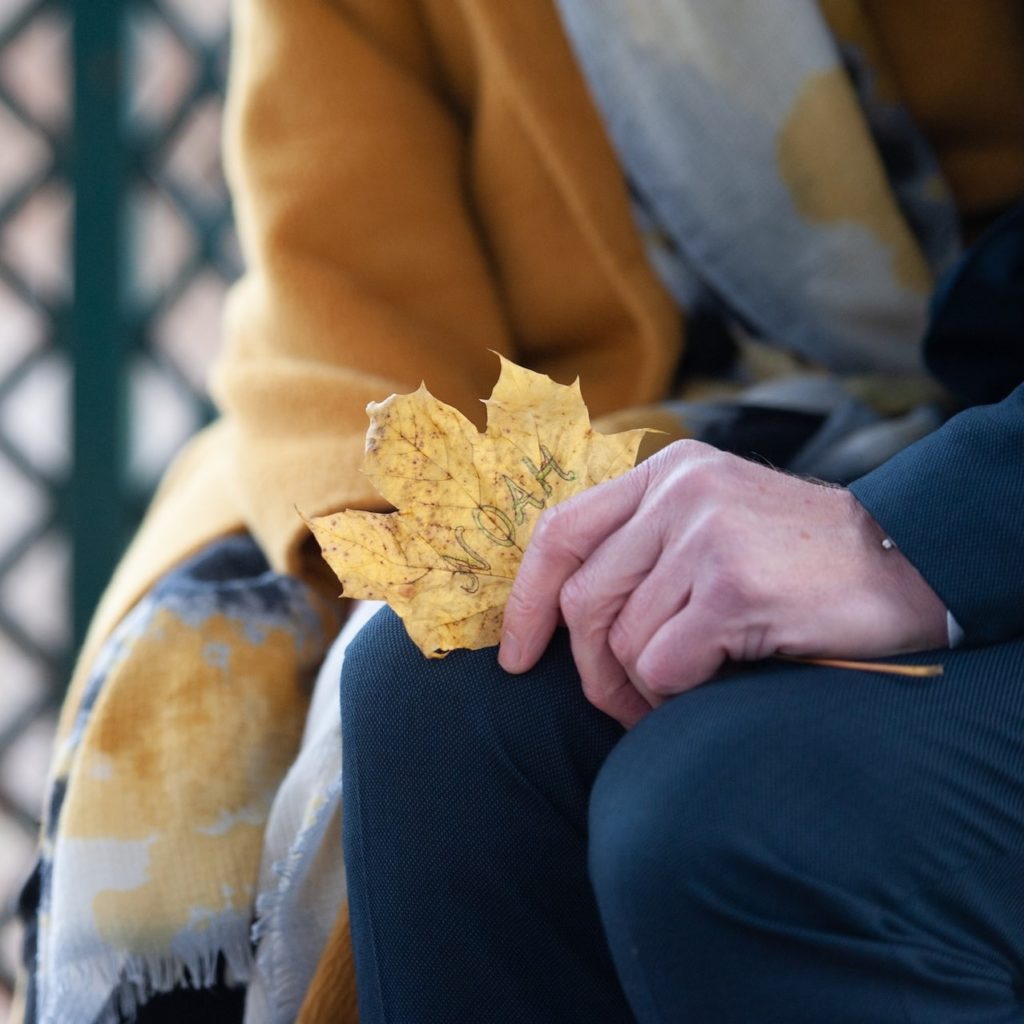
Grief triggers during Halloween
Those who have suffered a recent loss might contend with difficult emotions during this season. Although celebrating holidays in absence of a loved one can be hard on any occasion, the focus on death and spirits during these fall observances can understandably be painful or unsettling.
If you are thinking of a loved one at this time of year, you are not alone. Unfortunately, autumn grief triggers can be hard to avoid. When you have lost someone, you do not need a special occasion to remember that they are gone.
The tricks and illusions we encounter during Halloween do not compare to the sadness or trauma you have lived through. There is no pressure to participate in Halloween or other holidays if you are mourning or if you are feeling low.
Experiencing loss can lead us to find new meaning and purpose. Grief can prompt us to think about what matters most to us and how to make the most of life in each moment.
Grief is a process that we must go through in order to heal. In your own time, you may decide to reshape your traditions or find new ways to observe the season as you move forward with grief.
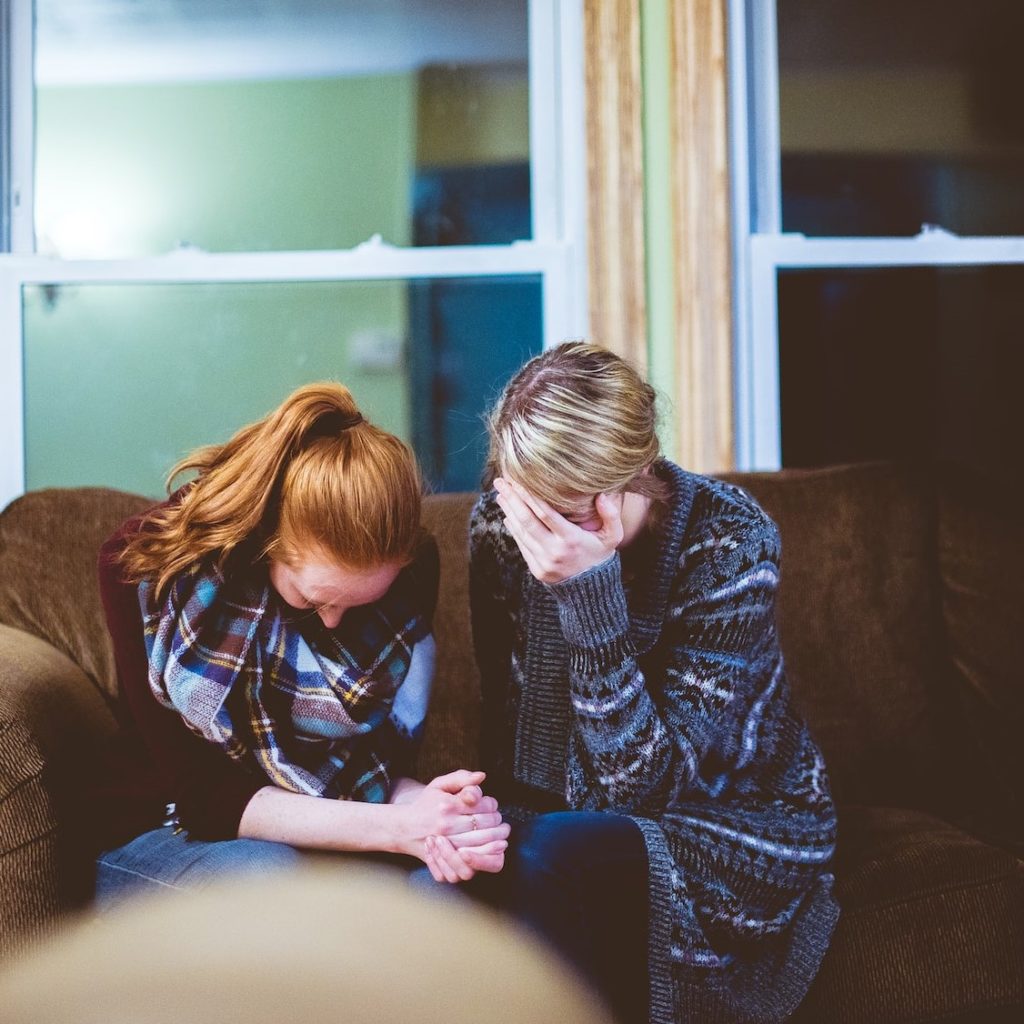
Preparing for fear and recovering from loss
The present moment – or whenever we feel able – is the time to prepare for the “winter” cycles of life. Psychologically, this involves making sure we have coping skills, connections, and a beneficial mindset to carry us through whatever difficult or frightening thoughts and emotions we may come across in life. Being prepared helps us reduce fear and alleviate grief.
Speaking with a therapist can help you determine how to address any fears or uncertainties you have or are trying to recover from. Therapy treatment modalities like Cognitive Behavioral Therapy (CBT), Eye Movement Desensitization and Reprocessing (EMDR), Group Therapy, among others can be beneficial for working through fear, phobias, and grief. Your therapist can also help you find ways to increase the therapeutic effects of the traditions or holidays you choose to observe.
Death, grief, fear, and trauma are not forbidden topics. It’s OK to talk about these things – no matter how scary that might seem. We are here to help.
Wherever you are on your journey, take care. You can try any of these 7 fall self-care activities to relax and help shift your perspective during this complex yet beautiful season.

About the Author
Liza Womack
Former Director of Marketing and Communications at Andrews & Associates Counseling.
Suggested Reading
- Wild, Wonderful Love Relationship Retreat: September 16-17, 2023Andrews & Associates Counseling will be hosting the next Wild, Wonderful Love Relationship Retreat on Saturday, September 16 and Sunday, September 17, 2023 at Bluemont Hotel… Read more: Wild, Wonderful Love Relationship Retreat: September 16-17, 2023
- The Benefits of Seeing an Intern Therapist: Everything You Need to KnowSeeing an intern therapist can provide many benefits that you may not be aware of. In this article, we will explain exactly why they should be… Read more: The Benefits of Seeing an Intern Therapist: Everything You Need to Know
- How Employee Assistance Programs Support Workplace Mental HealthWhen it comes to employee wellbeing, things are not always as they seem… Employees are often expected to be high performers. They are typically required to… Read more: How Employee Assistance Programs Support Workplace Mental Health
- 3 Crucial Things to Understand About Survivors of Child Sexual AbuseIt is time to give the power back to the survivors… A Voice for Trauma Survivors My name is Dr. Briana Nelson Goff. My professional background… Read more: 3 Crucial Things to Understand About Survivors of Child Sexual Abuse
Counseling & Therapy for Individuals, Couples, Families, and Groups
terms & conditions
disclaimer
privacy policy
© andrews & associates counseling
Manhattan Main Office
4201 Anderson Ave., D110
Manhattan, KS 66503
Phone: 785-539-5455
A&A Kids Clinic
227 Blue Earth Place, Suite 203-c
Manhattan, KS 66502
Phone: 785-776-0749
Junction City Office
929 South Washington
Junction City, KS 66442
Phone: 785-539-5455
Wamego Office
1800 Farrell Drive
Wamego, KS 66547
Phone: 785-539-5455